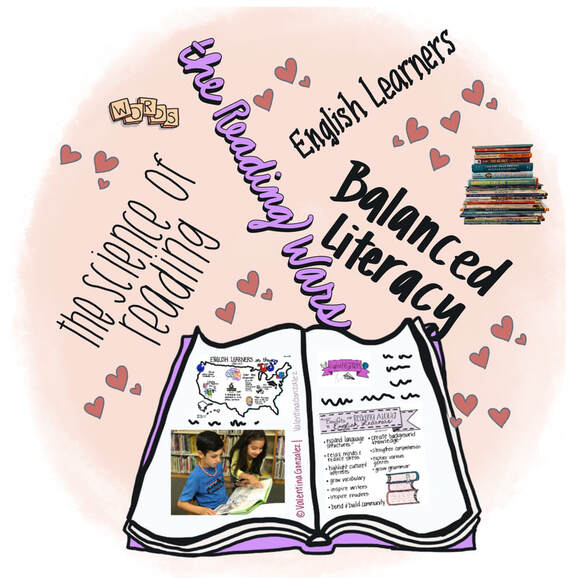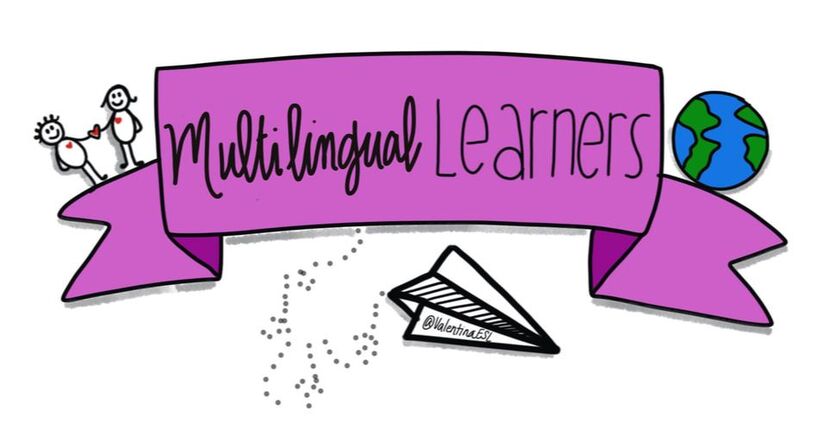|
The longer I have been in education, the stronger I believe in small group instruction. It truly is the heart of instruction. In a small group, the ratio between student and teacher is drastically reduced allowing the teacher to identify individual student needs and easily differentiate instruction. No matter the content area in elementary school, small group instruction has a greater effect on student learning than whole group. Some may say that it's too difficult to pull small groups so they continue to instruct in a whole class setting. I agree that in the beginning it may be difficult to get the structure and routine down for both the teacher and the students; however, once good classroom management is put into place and the routines are set, the ball will get rolling and small group becomes the best way to teach. After all, as educators I think there aren't many who don't agree that we want to do what is best for students. While whole group instruction may be easiest for teachers to plan and implement, it can't be best for students who are diverse and unique--all at various levels with different background knowledge. Overall, most teachers are pretty good at pulling small groups for reading instruction in the primary grades. But even that seems to taper off around third grade. What we know is that when we gather a small group of roughly 4-6 students and give them what they specifically need at the moment greater progress occurs in language and in content knowledge. So why don't we continue to pull small groups as kids get older? And how about pulling them in other content areas such as math, science, and social studies? Some may wonder...What are the other kids doing while I pull a group? Won't they get off task? Well, that's up to you as the teacher. The Benefits of Small Groups: For ELLs one of the other benefits of small group instruction is that it lowers the affective filter. You know that feeling of fear or anxiety when you are in a situation that is high stress? Well, English Language Learners can feel that anxiety in a whole group setting more than in a smaller setting. When everyone is waiting and all eyes are on you anticipating your response it can be intimidating. This feeling is amplified when you are new to the country, have an accent or need a great deal of support. When teachers meet with students in small groups, they are more apt to individualizing instruction and truly meeting students where they are. In a smaller setting, teachers are able to ask more questions to individual students which allows the students to interact more with the teacher. This also has an added benefit which is building the student teacher relationship. Another benefit of small groups is that students are given more opportunities to talk. When students are in a smaller setting, they feel freer to talk, ask questions and grapple with ideas. This allows them to think critically and negotiate for meaning while having academic discussions more openly. On the other hand, in a whole group setting, the teacher asks a question and one student responds while everyone else zones out.  How Small Groups Work:
Comments are closed.
|
Categories
All
|


 RSS Feed
RSS Feed
